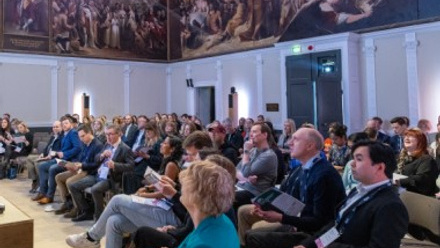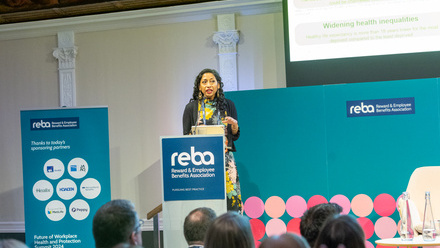How business needs, employee expectations and benefits will evolve over the next decade

The changing landscape of the UK’s workforce
It’s no secret that the population is getting older. In some places in the UK, the Office for National Statistics (ONS) has seen lifespans increase by seven years in the last few decades – Life Expectancy at Birth and at Age 65 by Local Areas in England and Wales (2015). This has a huge impact on retirement, as people will need to ensure that they have enough savings to last.
ONS figures – UK labour market (July 2018) – also show that over 50s now make up nearly one-third (31 per cent) of the entire UK workforce, which is up from around one in five (21 per cent) recorded in the early 1990s. This, combined with the increase in state pension age, means many people will have to work for longer than previous generations.
What are the challenges?
An older workforce presents big challenges for employers. They will have to manage a more multi-generational workforce, all of whom will be at different stages in their life, requiring different needs and will therefore need different benefits and support.
With people spending longer at work, it may be more difficult for employers to retain experienced staff. This means benefits will need to adapt to a more competitive world of work.
How will benefits adapt for the future?
For businesses to adapt for the future, their benefits offerings will need to adapt too. Benefits will need to span across a multi-generational workforce with different needs, meaning a bigger and more varied set of schemes may need to be introduced.
As such, it’s a good idea for employers to invest in technology that can help enhance the benefits provided in the workplace. This means schemes can be set up easily when needed, managed for each individual employee and be easily accessible from anywhere. This allows more control in a busier, more demanding world of employee benefits that may be a reality in 10 years’ time.
Being innovative can make HR easier and help you to make sure your employees are rewarded, engaged and protected, no matter where they’re at.
This article was provided by Busy Bees Benefits.






